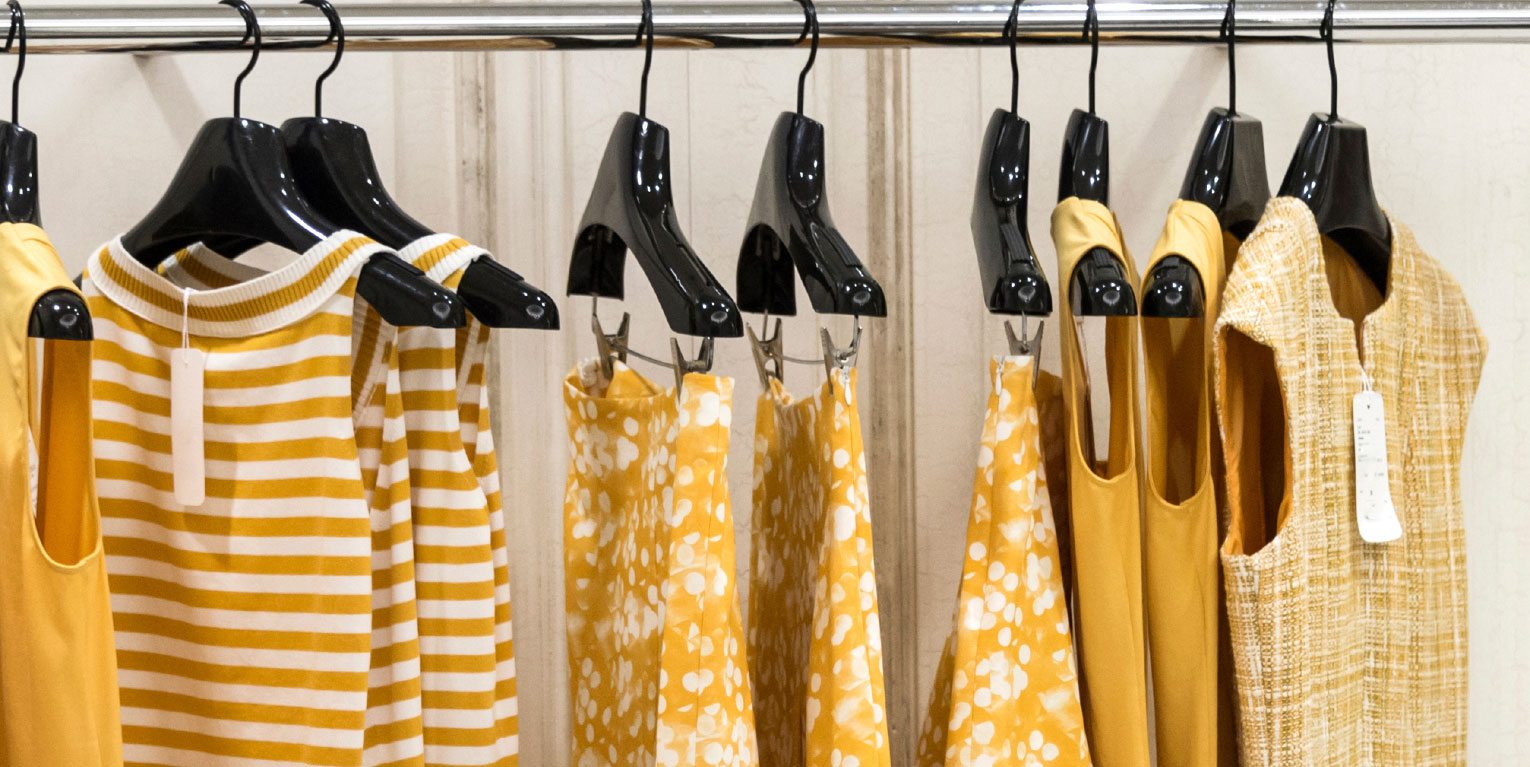When Joan Rivers used to ask red carpet celebrities, “Who are you wearing,” she brought designer awareness to the masses. The same can be said for designer collaborations that bring high fashion names to the everywoman. That is why even though some were singing a swan song for diffusion lines a couple of years ago, retailers continue to bank on them. However, some are asking who is benefiting more from these liaisons – the stores or the designers?
[quote]”From a balance perspective, the retailers have the greatest potential to benefit while the designers bear most of the risk,” says Karen Kreamer, president of K2 Brand Consulting. “Correct execution is critical to the success of designer collaborations. While these efforts bring luxury design to a broader audience, exclusivity is still the strategic core of high-end fashion brands.”
At the same time, designers both newer and established still stand to reap benefits from the partnerships.
“Designers receive broader exposure, the chance to dress fans who can’t afford their signature lines, and the opportunity to strike a blow against counterfeits and unauthorized copies by essentially knocking themselves off at a more accessible price point,” explains Fordham University professor Susan Scafidi, founder and academic director of the school’s Fashion Law Institute. “The infusion of funds from a mass market collaboration can be especially welcome to emerging editorial darlings with large stacks of press clippings but small hordes of cash. Returning customers – for either the store or the designer – are a bonus.”
Already, the majority of shoppers (54%) say they “love or enjoy” clothes shopping – a figure that jumps to 65% among women, according to the Cotton Incorporated Lifestyle MonitorTM Survey. Most women (60%) typically buy new and different items when they purchase new clothes, rather than simply replace their current styles.
Additionally, the MonitorTM survey finds that the largest percentage of women buy most of their clothing at chain (23%) and mass (23%) retailers. That’s followed by specialty and department stores (12%). So it makes sense that any designer would want to go where most of the shoppers will be found.
Some of the latest designers to join the diffusion party include the three who created lines for Dress Barn’s new Dressbar concept: Carmen Marc Valvo, Heidi Weisel, and Michael Smaldone. The dresses are being sold in-store and online for $42 to $70 – as opposed to the hundreds or even $1,000+ that the designers’ topline pieces could garner at department and specialty stores.
That price tag easily fits what the MonitorTM survey finds to be the average U.S. women’s monthly apparel budget of $72. Some other 2015 designer collaborations that money-minded consumers will appreciate include Samantha Pleet for Urban Outfitters, Lily Pulitzer for Target (including plus sizes), and Milly for Kohl’s. This year will also see collaborations from big names that each have their own unique following: Kendall & Kylie Jenner for TopShop, Coachella for H&M, and Peter Max for American Apparel.
Diffusion lines hold special appeal for the 37% of MonitorTM survey female respondents who say they are likely to buy clothes from a store that offered pieces from a well-known designer that couldn’t be bought anywhere else. Another 23% of females say they would buy celebrity-endorsed apparel if it was exclusive to a particular store. Generation Y and X women are more likely to say they are likely to buy clothes from a store that offered pieces from a well-known designer (42% and 46% respectively) and would buy exclusive celebrity endorsed apparel (34% each).
Kreamer says designer collaborations continue to bring energy, excitement, and exclusivity to the stores.
“For the retailers, these are tremendous opportunities to drive store traffic, offer exclusive products and strengthen the bond between the retailer and customer,” she says.
That’s even if every line doesn’t fly out of the stores – and not every collab does. However, slower-selling combinations like 2012’s Maison Martin Margiela for H&M, the Target-Neiman Marcus mash-up for holiday of the same year, and last fall’s Altuzarra for Target have not swayed retailers from the collaboration formula.
“Not every designer collaboration generates lines around the block,” acknowledges Scafidi. “However, consumers restock their closets every season, and strategic designer collaborations can still benefit stores, designers, and customers.”
Scafidi points out that collaborations let designers test the mass market without making a long-term commitment. Today’s collaboration, she says, could pave the way for tomorrow’s licensed products or diffusion line. And especially for fast fashion retailers, the designer affiliation still brings much appreciated cache.
“Early designer collaborations were a way for big-box stores and fast-fashion retailers to distinguish themselves from the competition and appeal to a more affluent audience – think Isaac Mizrahi for ‘Tar-zhay,'” Scafidi says. “As these partnerships have become ubiquitous, they’re still the virtual oversized sunglasses that disguise the reputational black eye some fast-fashion companies get from being associated with knockoffs or poor-quality product. A Lanvin or Alexander Wang label on the next rack can elevate the entire aisle.”
Of course, these collaborations generate a lot of media attention for both the stores and designers. But Kreamer says real rewards go beyond the buzz.
“I believe the real benefit for the designer is the chance to reach potential customers and brand admirers,” she states. “When a luxury brand becomes more accessible, new customers can experience the brand, establish a relationship with the brand, and become loyal to the brand over time.”
